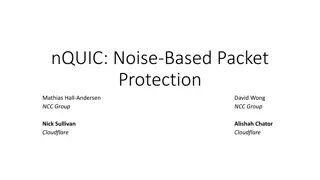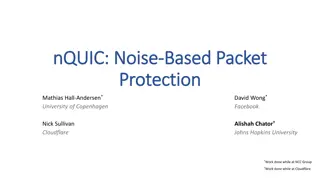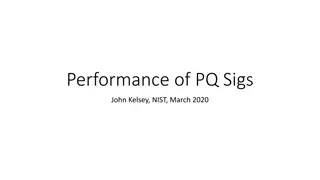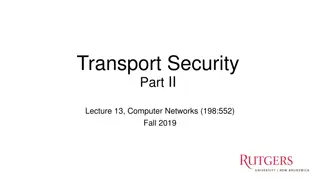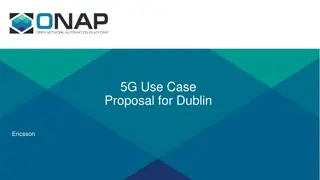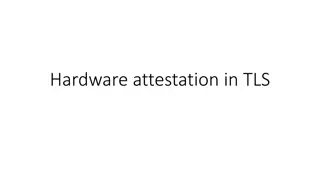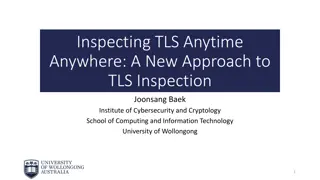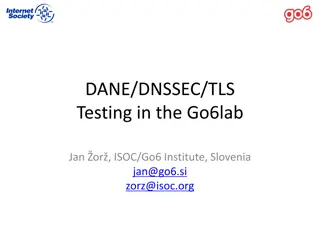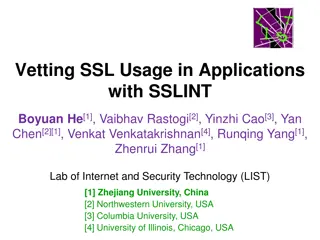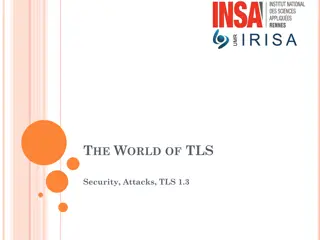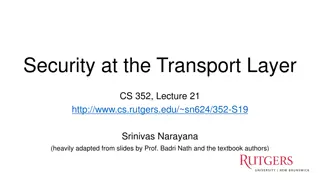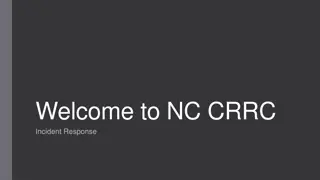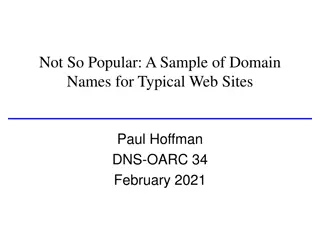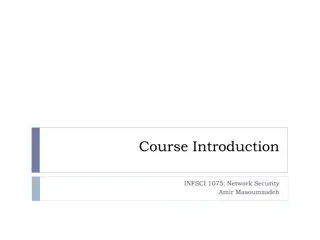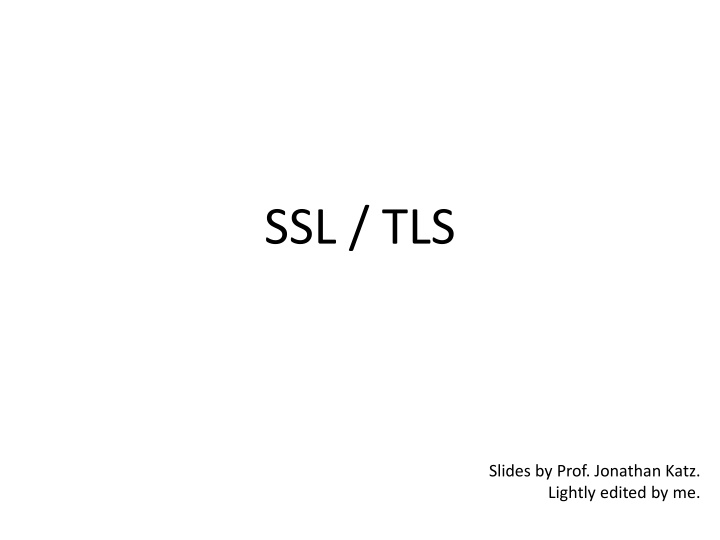
SSL/TLS Protocols and Handshake Process
Explore the evolution of SSL/TLS protocols, the goals of these cryptographic protocols, the two-phase handshake process to establish secure communication, and the record-layer protocol for encryption and authentication. Discover how SSL/TLS ensures secure transmission of sensitive information like credit card numbers over the internet.
Download Presentation

Please find below an Image/Link to download the presentation.
The content on the website is provided AS IS for your information and personal use only. It may not be sold, licensed, or shared on other websites without obtaining consent from the author. If you encounter any issues during the download, it is possible that the publisher has removed the file from their server.
You are allowed to download the files provided on this website for personal or commercial use, subject to the condition that they are used lawfully. All files are the property of their respective owners.
The content on the website is provided AS IS for your information and personal use only. It may not be sold, licensed, or shared on other websites without obtaining consent from the author.
E N D
Presentation Transcript
SSL / TLS Slides by Prof. Jonathan Katz. Lightly edited by me.
SSL/TLS How can you securely send your credit card number to Amazon? SSL/TLS Secure Socket Layer (Netscape, mid- 90s) Transport Layer Security TLS 1.0 (1999) TLS 1.2 (2008) TLS 1.3 (2018) Used by every web browser for https connections
SSL/TLS Goals Understand (at a high level) a real-world crypto protocol Pull together everything learned in this course Not goals Understanding low-level details/implementation Defining or proving security
SSL/TLS Two phases Handshake protocol Establish a shared key between two entities Record-layer protocol Use the shared key for secure communication
Handshake protocol https://bank.com, NC pk, cert, NB Verify! c =Encpk(pmk) pkCA sk, pk, certCA Bank Macmk(transcript) mk = H(pmk, NC, NB) kC, k C, kS, k S = G(mk) pmk = Decsk(c) mk = H(pmk, NC, NB) kC, k C, kS, k S = G(mk) Verify! Macmk(transcript ) Verify!
Record-layer protocol Parties now share kC, k C, kS, k S Client uses kC, k C to encrypt/authenticate all messages it sends Server uses kS, k S to encrypt/authenticate all messages it sends Prevents reflection attacks Sequence numbers prevent replay attacks



